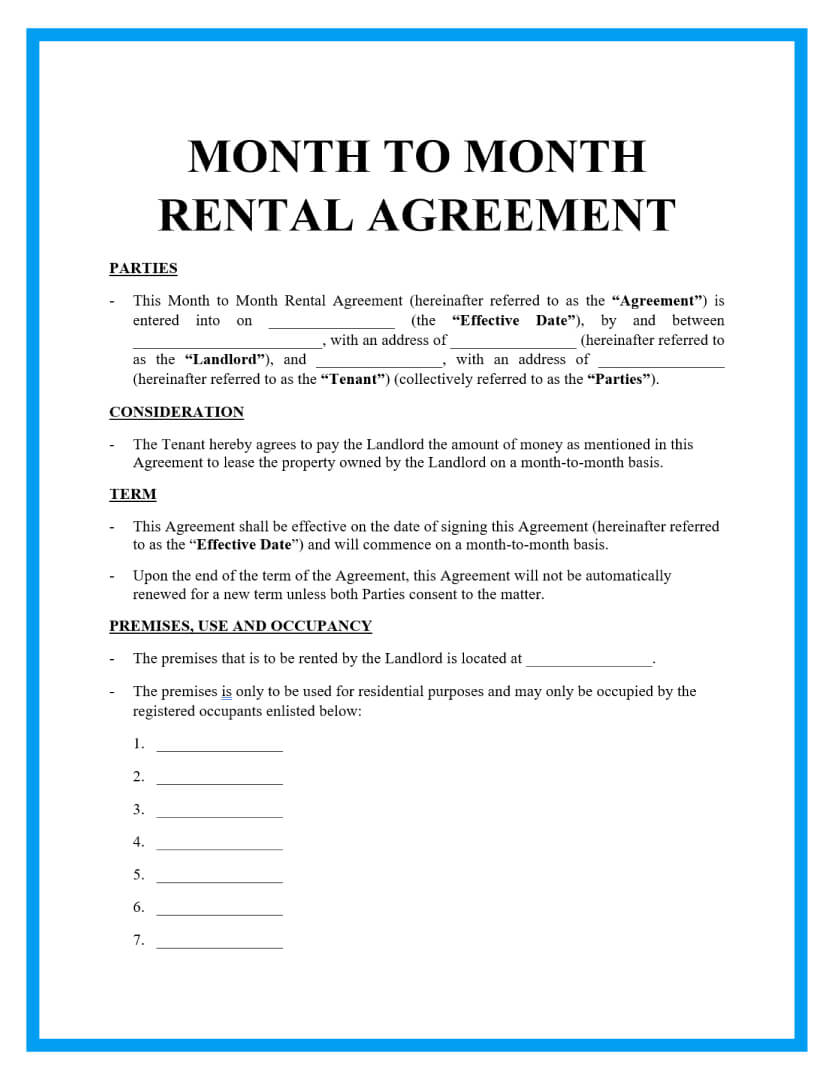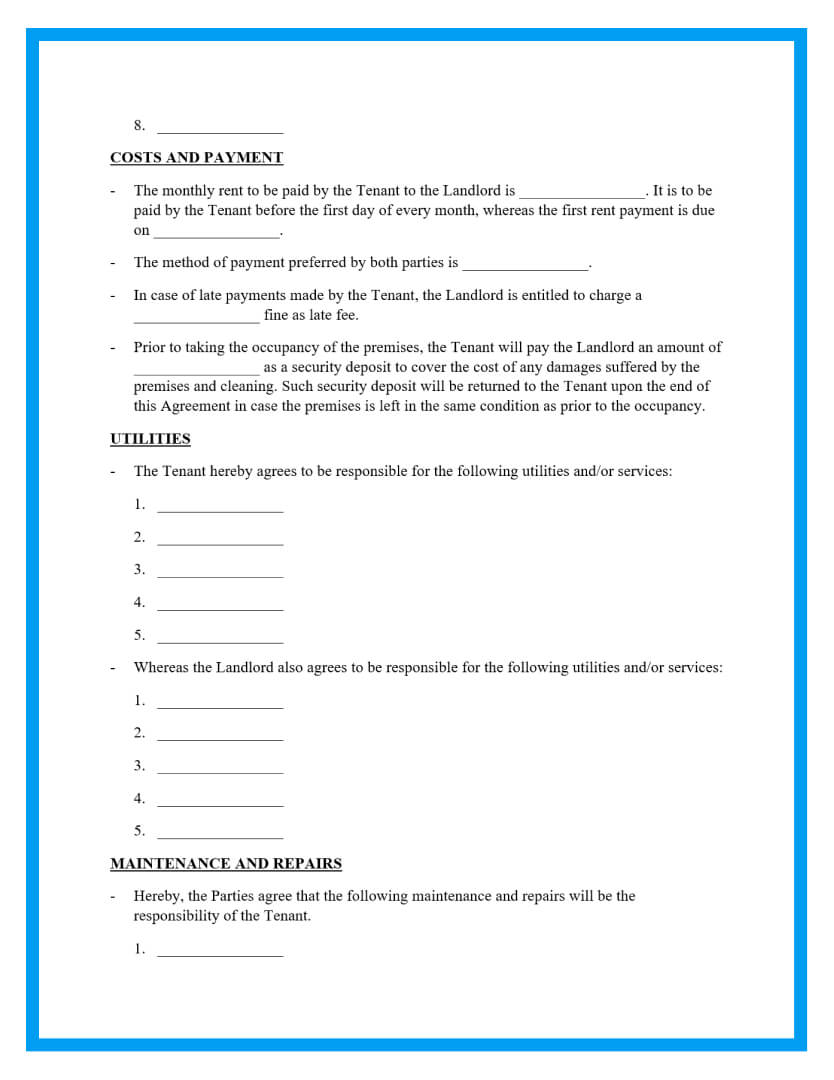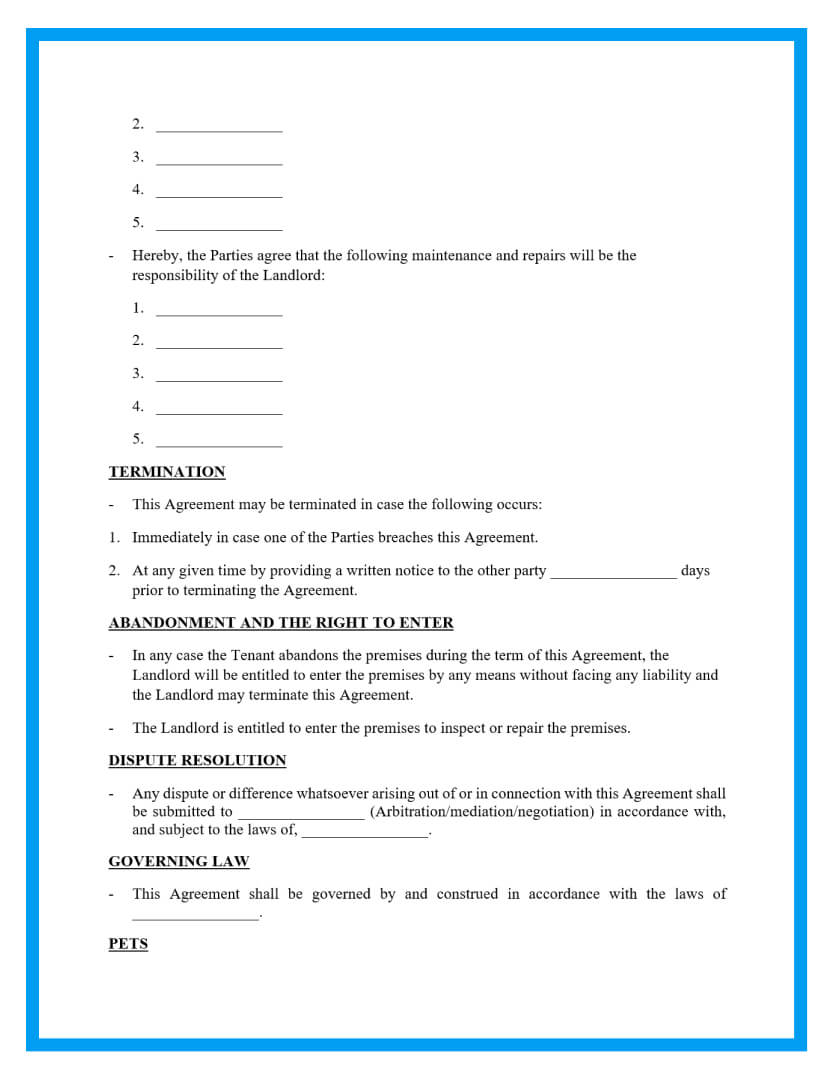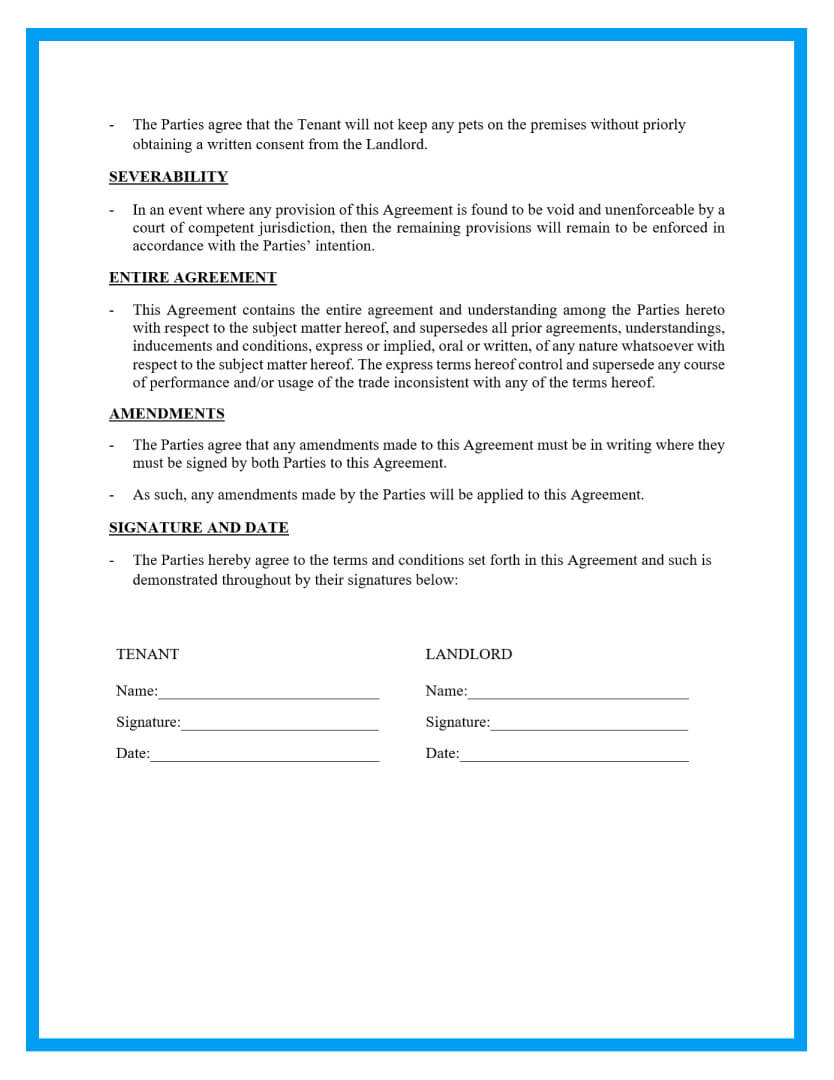
We’ve worked closely with legal experts to pull together a simple month-to-month rental agreement (PDF and Word) to secure more monthly leases while saving you and headaches.




We’ve worked closely with legal experts to pull together a simple month-to-month rental agreement (PDF and Word) to secure more monthly leases while saving you and headaches.
What’s in this template?Renting or leasing is where a landlord makes a property (or part of a property) available to occupy by a tenant(s) for an agreed length in exchange for a fee.
Many rental agreements are for a fixed length ranging from three months too many years at a time. Long-term leases give landlords security for future income, while it provides tenants with certainty that they’ll have the next residence.
However, there’s another typical lease structure where the property is rented temporarily monthly—meaning that tenants can are not bound to occupy and pay rent beyond a month at a time.
A month-to-month rental agreement is a legally binding contract between landlord and tenants detailing the terms and conditions of the monthly tenancy.
DISCLAIMER: We are not lawyers or a law firm and we do not provide legal, business or tax advice. We recommend you consult a lawyer or other appropriate professional before using any templates or agreements from this website.
Now that you understand the benefits of using a monthly tenancy agreement, we’re confident our template will make leasing property accessible and approachable in your dealings.
Click below to download our free templateMonthly tenant agreements are particularly handy if you have a desirable property and are looking to make some extra short-term income. And with the rise of platforms like Airbnb, consumers are much more open to temporary accommodation.
But perhaps the most common use-case for a month-to-month rental contract comes at the end of a fixed-term lease. When a lease ends, landlords have three options:
The third option is a standard solution as it gives your current tenants who you already know and trust an opportunity to stay on without feeling restricted. This can quite often lead to long-term tenancies despite being structured as something more temporary.
We’ve identified three best practices when it comes to maximizing the use of your monthly tenancy contract. Let’s look at some examples below.
Whether your lease agreement is long-term or monthly, there needs to be a procedure for addressing late rent payments. This process is particularly important for month-to-month contracts as there’s no guarantee for future income.
A penalty fee incentivizes tenants to pay rent on time and limits follow-up and potential disputes regarding your relationship.
The first thing you need to determine is your penalty amount. How much you charge is at your discretion; however, it’s quite common for landlords to charge 5% of the monthly rent. Alternatively, you could charge a flat fee.
Monthly leases are no different from long-term agreements in that responsibility for the properties utilities is entirely negotiable.
Sometimes landlords are happy to accept a higher monthly rent, including the internet, water, heating, and electricity. But it’s more common that landlords require tenants to take on management and payment of utilities as part of their tenancy.
Due to the temporary nature of monthly rent agreements, you’ll find that tenants expect the landlord to cover most, if not all, utility costs. This is understandable because if a tenant is only going to occupy a property for a couple of months, it’s not worthwhile to enter utility contracts and pay connection fees.
This scenario is, of course, based on signing new leases with new tenants. If you’re offering a monthly rent contract to existing long-term tenants, they’ll likely already be responsible for utilities, so nothing will change in this instance.
Like any rental agreement, it needs to be clear what maintenance duties tenants and landlords are responsible for, respectively.
It’s common for landlords to cover maintenance costs related to fixing the property from natural wear and tear. This could be things like a leaking bathroom, new roofing, or plumbing.
Meanwhile, tenants are generally responsible for any task that involve up keeping the property based on their use. Examples include maintaining gardens, keeping the house clean, replacing the carpet, etc.
Again, maintenance responsibilities are not black and white and can be negotiated in your monthly agreement.
Now that you understand the benefits of using a monthly tenancy agreement, we’re confident our template will make leasing property accessible and approachable in your dealings.